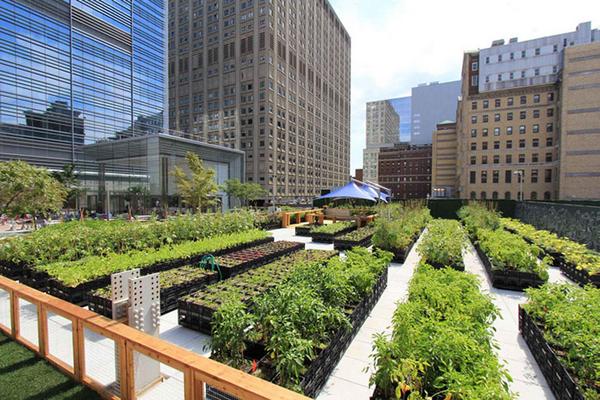City Blooming Things To Know Before You Get This
Fascinated in growing food available in the City of Chicago? Considering starting an area garden? Changes to the Chicago Zoning Ordinance permit agricultural usages like area yards and urban ranches in lots of parts of the city. Below is a checklist of frequently asked concerns regarding the guidelines and laws that cultivators ought to consider when intending an urban agriculture project.
The zoning amendment does not change any kind of other codes dealing with composting, building authorizations, acquiring or leasing City owned residential or commercial property, business licenses or environmental contamination. There are existing codes that manage these problems and they remain completely impact and might be suitable to your job. Neighborhood gardens are usually had or managed by public entities, public companies or community-based companies and preserved by volunteers.
Urban ranches grow food that is planned to be offered, either on a not-for-profit or for-profit basis. Because of their business objective, city farms need a service license. Yes. A neighborhood yard is permitted to market surplus generate that was expanded on website if the sales are accessory or subservient to the garden's main purpose described above.
Examine This Report on City Blooming
The amount of garden compost product can not exceed 25 cubic yards at any given time according to the requirements in 7-28-715 of the City's Municipal Code. Since the dirt at most new garden sites requires amending, garden compost, dirt, timber chips, or other products can be acquired to construct or enhance the growing room.

If a structure permit is called for then the hoophouse will certainly be thought about an accessory structure. You can figure out more about the building permit needs by calling the Department of Buildings. The 25,000-square-foot dimension restriction is meant to stop a single neighborhood garden from controling an offered block or diminishing the block's existing residential or commercial character.
The limitation does not put on yards found in Public Open Space (POS) districts. Can there be greater than one community yard that is 25,000 square feet on a solitary block? Yes. The size limit relates to specific gardens, not to specific blocks. No. Fencing is not required, nevertheless, gardens that have huge parking lot may be called for to install secure fencing or other landscaping functions.
The Basic Principles Of City Blooming
B1 & B2 areas need that all commercial usage activities be conducted indoors. Is fencing required for urban ranches? Fencings might be required, along with landscape design and screening, for certain auto parking areas and outdoor job or storage space locations depending on location and the details task taking location.
Urban ranches need structure licenses and zoning authorizations prior to building and construction (eco-friendly practices). Other kinds of city evaluation may be called for depending on details structures, activities, dimension, read what he said landscape design, licensing, public health and stormwater administration concerns.
The Department of Company Affairs and Customer Security can assist establish the certain type of organization license that's called for. Off road car park is required for the majority of business projects in Chicago. The needed number of auto parking rooms is based on the number of employees working on site and not the square footage of the growing room.
Getting My City Blooming To Work

A city ranch can market garden compost material created on site, however, the operation needs to conform with the policies in 7-28-715 of the Chicago Municipal Code. Aquaponic systems are allowed inside your home on urban farms in lots of zoning districts.
As much as 5 hives or colonies of honey may be kept as an accessory use. Nonetheless, beekeepers have to sign up with the Illinois Department of Farming. For more details regarding the suggested zoning modification you may speak to the Department of Housing and Economic Growth, Bureau of Preparation and Zoning at 312.744.8563.
Farming in cities and metropolitan locations A city farm in Chicago. Urban farming describes different methods of growing. https://city-blooming.webflow.io/, processing, and dispersing food in city locations. The term likewise applies to the area activities of animal husbandry, aquaculture, beekeeping, and cultivation in a metropolitan context. Urban farming is differentiated from peri-urban agriculture, which takes location in rural areas at the edge of suburban areas.
City Blooming Can Be Fun For Everyone
, who look for to develop social networks founded on a common ethos of nature and community holism. These networks can create by way of formal institutional support, ending up being incorporated right into neighborhood town planning as a "change community" motion for lasting city growth.
Some of the first evidence of city agriculture comes from Mesopotamia.
Comments on “City Blooming - The Facts”